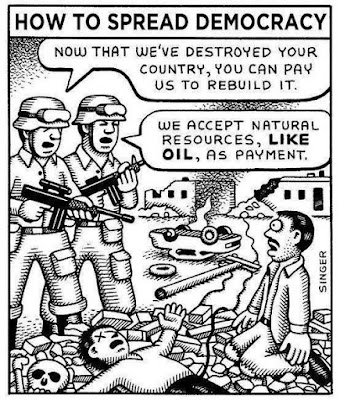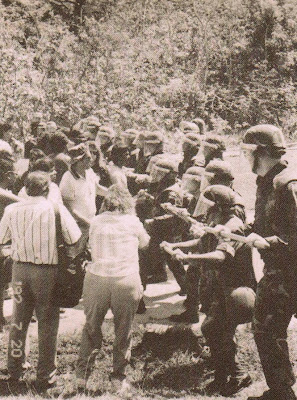Activist Politics
This is a fascinating article on many levels. It features the voices of a number of current and former elected officials from Guam, talking about activism and politics. Much is said about Angel Santos as being the consulate activist politician, but there is much in the article that isn't really developed sadly. On the surface I enjoyed the piece, and while it has some great quotes, it accepts too easily the different things that those interviewed are saying, even if they aren't historically true or just end up muddling the issue. For instance, Angel Santos is definitely the most iconic Chamoru activist and he did become a politician, elected into the Guam Legislature for multiple terms. But he wasn't a particularly effective member of the Guam Legislature, in terms of getting his agenda into policy and converting bills into laws. But this is part of a larger distinction between those who are leaders and those who are politicians. A leader can be seen as effective by s


